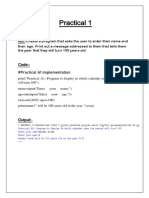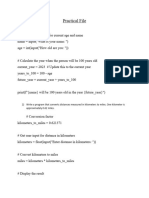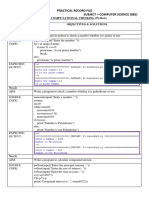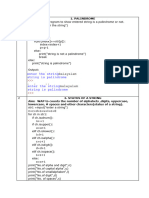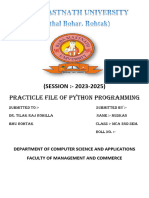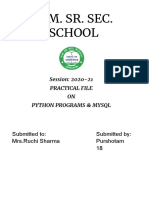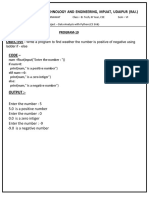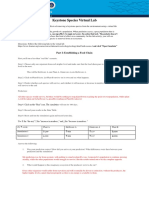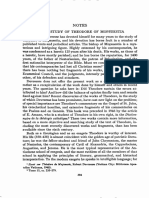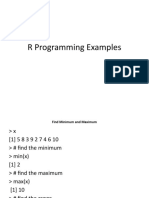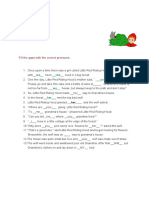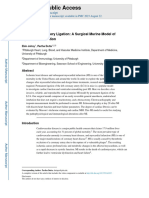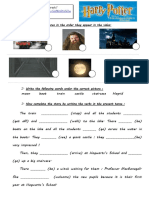0% found this document useful (0 votes)
74 views51 pagesFinal Python Journal 112
The document provides an index of programming practical assignments including creating a program to calculate when a user turns 100, checking if a number is even or odd, generating a Fibonacci series, reversing a number with a function, checking if a number is Armstrong or a palindrome with functions, and more. The assignments cover topics like functions, conditionals, loops, strings, lists, files, classes, inheritance, and exceptions. Sample code is provided for some of the assignments.
Uploaded by
Burhanuddin PetiwalaCopyright
© © All Rights Reserved
We take content rights seriously. If you suspect this is your content, claim it here.
Available Formats
Download as DOCX, PDF, TXT or read online on Scribd
0% found this document useful (0 votes)
74 views51 pagesFinal Python Journal 112
The document provides an index of programming practical assignments including creating a program to calculate when a user turns 100, checking if a number is even or odd, generating a Fibonacci series, reversing a number with a function, checking if a number is Armstrong or a palindrome with functions, and more. The assignments cover topics like functions, conditionals, loops, strings, lists, files, classes, inheritance, and exceptions. Sample code is provided for some of the assignments.
Uploaded by
Burhanuddin PetiwalaCopyright
© © All Rights Reserved
We take content rights seriously. If you suspect this is your content, claim it here.
Available Formats
Download as DOCX, PDF, TXT or read online on Scribd
/ 51

